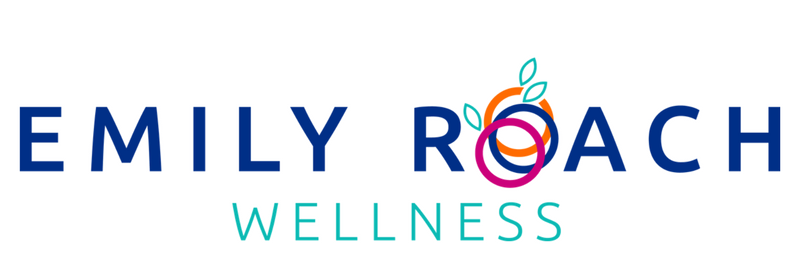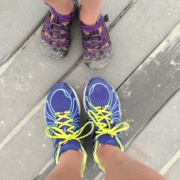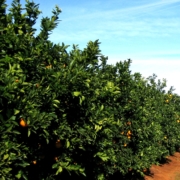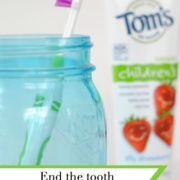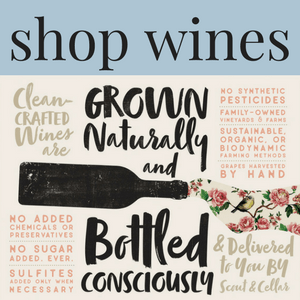“Choosing a safe sunscreen for your family is such an important job as a mom. I’ve tried to explain the science behind what makes something a safe sunscreen, and what we need to look for when choosing a product. This is updated with the best natural sunscreens for 2020.
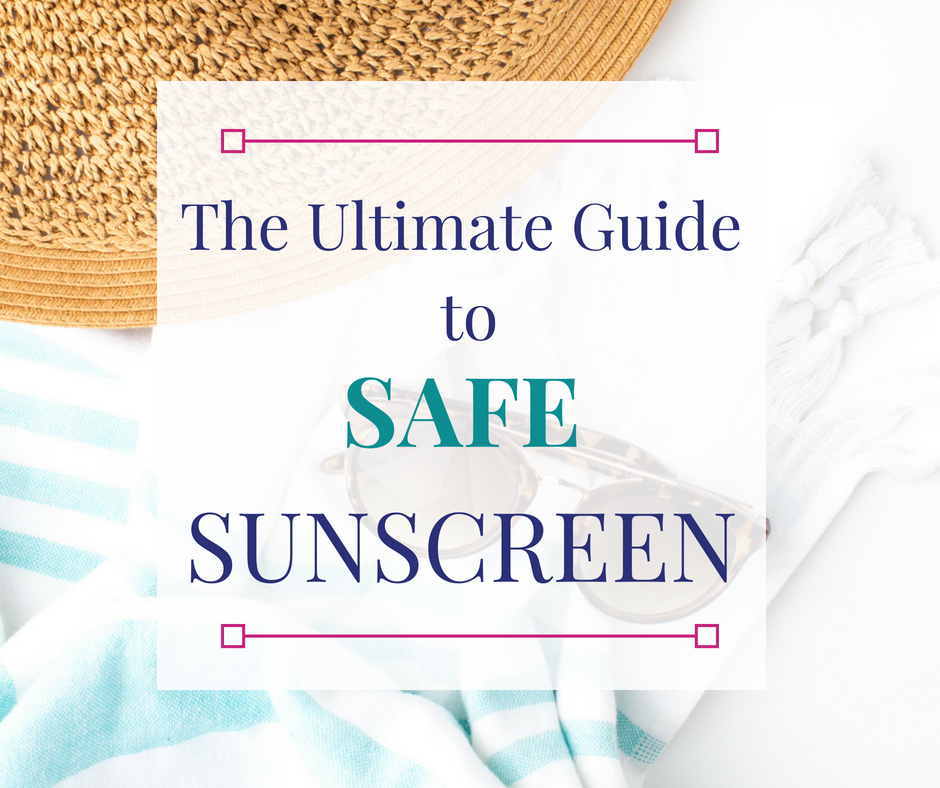
As the sun gets stronger and days longer, this is the time of year when I’m asked how to choose a safe sunscreen. I started paying more attention to sunscreen ingredients when I had to put it on my firstborn child. Since then, I’ve learned a lot more about what’s safe and what’s not. I’m also covered in moles from head to toe, and I see them now on my kids too. I’ve had a least 10 surgeries to have them removed and often needed a second round to remove the margins. My family has a history of skin cancer, and my husband’s family has a history of melanoma. I’m truly diligent about sun protection, and it comes from both safe sunscreen and protective clothing.
Safe Sunscreen: Mineral-based ingredients
The ingredients to look are zinc oxide, titanium dioxide, or both. These are mineral-based ingredients, which physically block the sun from absorbing into your skin. They are your safest choice, as they don’t disrupt your hormones, and don’t actually penetrate your skin. Zinc in particular is healing for the skin. Think about all the diaper rash creams on the market, they all use zinc oxide, which has a healing mechanism. Even more interesting, there are studies that show zinc may help your body assimilate Vitamin D from the sun better. As our sunscreen wears off, we are going to be exposed to some sunshine until we reapply, which will produce Vitamin D on the skin. If that gets absorbed better from the presence of zinc, it’s a win, win.
Unsafe Sunscreen: Chemical ingredients
Despite us growing up with chemical-based sunscreen, we now know they are harmful to our health. The chemical sunscreens block our skin’s ability to breathe. That’s not a good thing. Studies also recognize that many of the chemicals being used are disrupting our hormones. This is so important, especially on little bodies! These are the chemicals you don’t want to see on the ingredient list of your sunscreen:
- Oxybenzone
- Octinoxate
- Benzophenone
- Butylparaben (always run when you see “paraben” anywhere!)
Additionally, methylisothiazolinone should also be avoided. It’s a skin allergen and was deemed unsafe by the European Scientific Committee on Consumer Safety back in 2015. Yet it’s in 44 sunscreens on the market today in the US. It’s a chemical preservative and it doesn’t belong getting absorbed into your body.
Why Chemical Sunscreens are not Safe
Here’s the problem. As you sit in the sun, the chemicals bake into your skin. As a toxin, this is absorbed and then travels to your fat cells. They STICK there. Once you have a toxin that has found a fat cell, they stick to it. Curious where they stick…you guessed it, cellulite- in all the places you don’t want it. Reducing your total toxin exposure every day is a key part of achieving a weight loss goal. It makes a big difference.
Second, chemical sunscreens actually alter the integrity of our cells, increasing carcinoma risk. This means a sunburn is actually less damaging than what a chemical sunscreen does to your skin cells. Crazy, but true.
Third, if chemical sunscreens are killing the coral reefs, what are they doing to your body? Sunscreens using chemical ingredients are being banned in Hawaii and Australia due to the toxicity in the wildlife that’s killing coral reefs. Mineral sunscreens do not pose the same risk to the environment.
[click_to_tweet tweet=”If chemical sunscreens are killing the coral reefs, what are they doing to your body?” quote=”if chemical sunscreens are killing the coral reefs, what are they doing to your body?”]
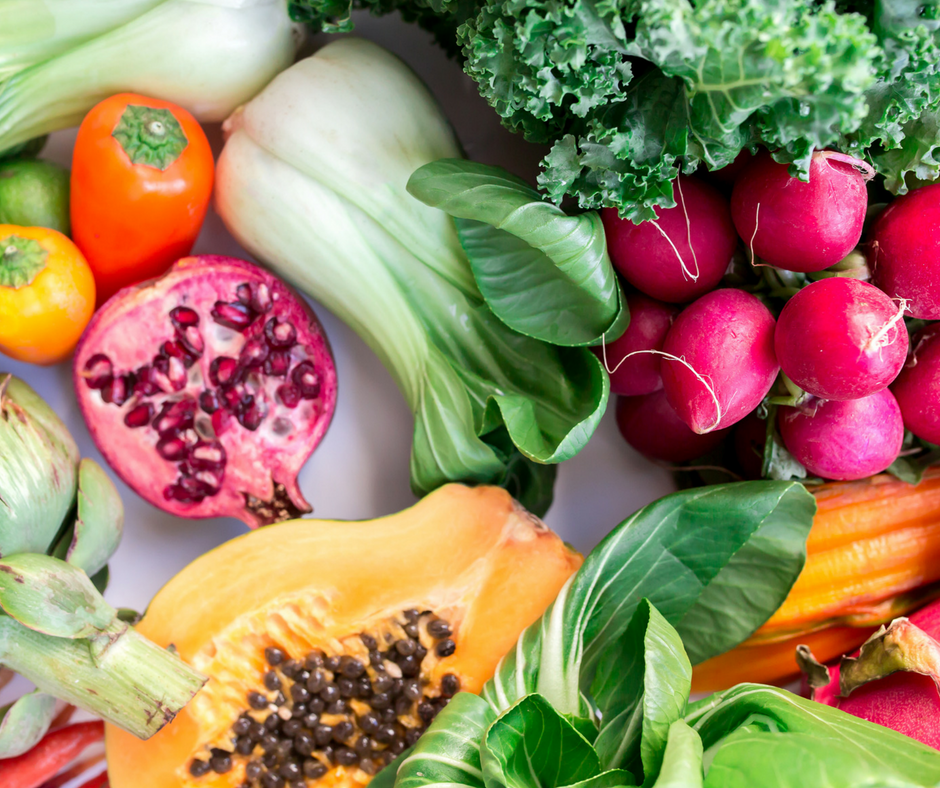
Foods that Increase Sun Protection Naturally
This is a fun thing! There are plenty of plant foods rich in antioxidants that actually help protect your skin from the inside out. While I still support using sunscreen, I’ll happily layer on these foods for extra protection.
- Watermelon
- Green Tea (try it iced!)
- Leafy greens
- Berries
- Tomatoes
It’s the pigment-rich foods that tend to boost an internal SPF. Tomatoes showed a 30% increase in sun protection after study participants ate a tomato-rich diet. Maybe that’s an extra good reason for a Caprese salad at lunch with extra basil, right? Or maybe a smoothie that helps you better manage PMS symptoms?
Eating plenty of greens can also help us capture sunlight in our cells, which is then translated into energy via our mitochondria. (Sayer Ji- Green Med 2015 Chlorophyll)
Sunscreen Safety Facts and Vitamin D
I can’t gloss over the fact that skin cancer rates are on the rise. However, the use of sunscreen is also on the rise. Shouldn’t the cancer rates be doing down?
What’s happening may be related to our lack of Vitamin D as a society. Those of us living in the northern latitudes are certainly vitamin D deficient most of the year, and the supplements we may take are not the same as vitamin D generated from sunshine. Vitamin D from the sun is created via the absorption of UVB rays, to create D3 sulfate. What we buy from the store is just D3, and what is fortified in foods is just D2. These are both water-soluble, versus D3 sulfate that is fat-soluble.
Why is Vitamin D so important? A deficiency in this “hormone” is actually more likely to cause an overall increase in cancer risk, including skin cancer. So as we block all the sun we can to avoid premature aging and skin cancer, we may be setting ourselves up for an increase in cancer rates.
Adding to this concern, studies now show melanoma is more likely to occur in places where the sun doesn’t shine. There is a study that shows there is a reduced likelihood of melanoma for adults and children who play outside. (source) This isn’t the same case for basal cell and squamous cell carcinoma, so we all still need to be mindful about our sun exposure, but maybe it’s time to play more outside without sunscreen in the early hours of the day. Let our skin soak in the vitamin D created, and don’t wash it till the end of the day. Vitamin D needs nearly 12 hours to be fully absorbed into your bloodstream.
Safe Sunscreen without Oxybenzone
How do you shop for safe sunscreen? First, look at the ingredient label on the back. Skip the marketing on the front label and flip that bottle over. Look for titanium dioxide or zinc oxide in the ingredient label. Make sure you don’t see “fragrance” or methylisothiazolinone on the ingredient list either. Avoid any sunscreen with oxybenzone in the ingredient list.
Next, check the bottles against the Environmental Working Group sunscreen rating guide. Enter your choice and shop for those with a #1 rating. These are some of my favorites. (and yes, I am a Beautycounter consultant as I joined many years ago to support their mission to educate women about safer skincare. And it was the sunscreen that lured me to them in the first place!)
The new sunscreen line from Beautycounter was updated with the addition of California poppy, which boosts the effectiveness of zinc oxide to block blue light. This makes it an excellent non-toxic safe sunscreen to avoid premature aging from blue light. In addition, the zinc oxide used is very fine, so you won’t be walking around covered in a white film. The newest formula is non-greasy and actually feels good on the skin. All of the sunscreens have an EWG rating of a 1.
In addition to Beautycounter, I’m also happy with these brands and usually shop for them on Amazon. (However, I only use Beautycounter on my kid’s faces as they have very sensitive skin. Other sunscreens would make their eyes itch and get red so I stick with Beautycounter.)
*New in 2020, the Countersun Daily Face spf 25 Moisturizer from Beautycounter! We’ve been waiting for this for a long time. I find it’s perfect for a day out shopping at the farmer’s market or when I go to Rockport. I don’t want a heavy sunscreen, but I’ll burn otherwise on my face.
Best natural sunscreen 2019
- Beautycounter sunscreen
- Thinksport Sunscreen, both the Kids and basic versions have a #1 EWG rating.
- Goddess Garden, all versions are rated #1.
- Adorable Baby brand of safe sunscreen
- Raw Elements sunscreen
- Blue Lizard– only the Baby and Sensitive skin versions are rated #1.
- All Good sport stick– perfect for the water!
To Spray or Not to Spray
The biggest question every year is about safe spray options. We were fooled into thinking these are an awesome options for wiggly or wet kids. However, the ones with the finest mist are all toxic. They are full of the chemicals we are trying to avoid, but there are some newer options with promise.
Beautycounter has a sunscreen mist option available that we bring to the beach. It’s an air-pressured can, not a spray using chemical propellants. Also, it’s a non-nano particle zinc oxide so it’s not harmful to children. Those chemical spray sunscreens may be handy, but they are damaging to the skin AND your kid’s lungs if they are inhaled.
I use it on kids to reapply. Lotion application always give you a better base, and I use this to fill in the gaps later, or when they are all sandy!
It’s not all about safe sunscreen
I think sun coverage during the day is another great awesome to protect our skin, and wear a lot less sunscreen in general. I don’t need all that much sunscreen on my kids when they wear sunscreen shirts and bottoms. My favorite brands to pick from are Cabana Life, Hatley, Mott50 and Coolibar. You will find me on the beach in a cute Cabana life dress this summer.
Add a big summer hat and you are golden! Well…fair I mean.
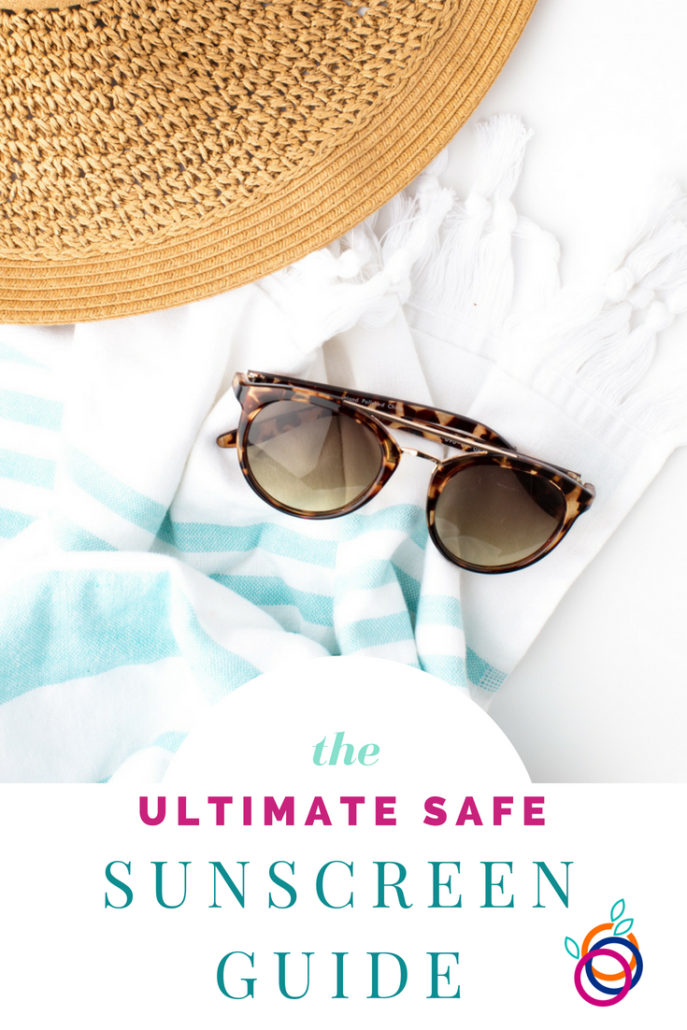
I hope this long post about safe sunscreen is helpful, and I’ve added a lot of information. Use this Sunscreen Guide to help you find a safe sunscreen for kids, test out the best natural sunscreens, and learn what are safe sunscreen ingredients. Bottom line, enjoy your time in the sun safely, get some vitamin D, and choose a nontoxic mineral-based sunscreen.
p.s. Beautycounter added new after sun cooling gel AND a tinted sunscreen! No more pasty legs!
